Two-in-One Shopping Sampler
THE GIFT OF ADIRONDACK ADVENTURE
Here in the Adirondacks, we’re a hearty bunch. Those of us who have staked out a path to live here year round consider ourselves fortunate to reside in the most healthy, beautiful landscape in the east. We thrive on the creativity it sometimes requires to prosper throughout the bustling, fast-paced summer and fall seasons AND the crisp, clear months of winter.
This spirit of creativity was on display on a recent visit to Schroon Lake; a visit that happened to occur during the season of giving. While I was there, I thought that it would be terrific if I could just package up that spirit and give it to someone who isn’t as lucky as I am to live here.
That thought led to the following shopping list. This is no Amazon wish list — it’s a list of a real, tangible, authentic experiences. For you.
DIVERSIFY AND CONQUER
My list is called the "Schroon Lake 2-in-1 Shopping Sampler." I’ll explain.
Part of that famous Adirondack ingenuity that has evolved to counter the economic seasonality of the region is the incorporation of a bit of diversification. Schroon Lake is chock full of the creative application of that theme.
Bird Feeders and Wine Slushies

My first stop in town is often The Towne Store. You can’t miss it. It’s a more than 130-year-old general store located right on Main Street, and they have a HUGE assortment of, well, general everything. The first floor of this historic building is brimming with miscellany ranging from jewelry to camping supplies to rugs and decorations for your camp to kids clothing. They offer gift certificates, too, in case you can’t decide.
The second floor is home to Vine & Barley, open in June through the summer, where one can sample wines from more than a dozen different local wineries, plus craft beer, cider, and lemonade and enjoy a lite fare menu that includes locally-sourced cheeses and ingredients. Word has it that the wine slushy is a favorite must-try.
Mercantile and Muffins
The unmistakeable aroma of fresh baked bread accompanies the visual sensory overload as one walks in the door of the Pine Cone Mercantile, also located right on Schroon Lake’s quaint Main Street.
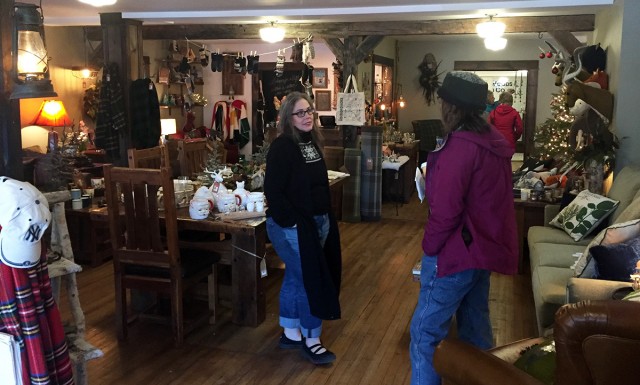
Owner Lisa Hess-Marks, a skilled shopping guide, can usually be found inside chatting with customers and neighbors who stopped in for a loaf of bread and/or a gift selected from the fun, eclectic display of home furnishings, including furniture, candles, porcelain dishes, and of course, wall-mounted stuffed animal trophies.
Her husband Edward is to blame for the store’s delicious fragrance. He has perfected the science of baking and offers fresh baked rustic breads and organic coffee, and more five days a week at the North Woods Bread Co. located in the back of the store. I’d bet they’ll pack and ship both gifts and bread if we ask.

Yoga and Massage
Just a few steps away, one will find the True North Yoga and Schroon Lake Massage and Wellness. These two businesses share a space just a few steps away on Main Street, and offer a number of programs that serve as an ideal enhancement to the pure, calming experience of being immersed in the calming mountains and lake surroundings of the Adirondacks. Insider’s gift idea: A gift certificate to join a Restore and Renew Gentle Yoga class, or arrange a couple's massage!
Fine Art and Microgreens
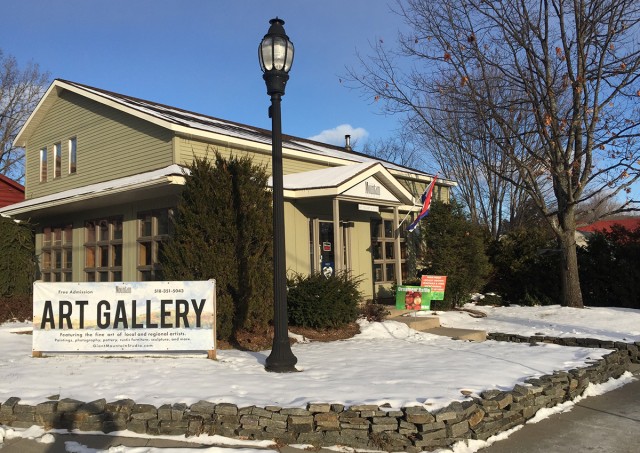
Across the street, I visited the Giant Mountain Art Gallery for the very first time. (I have no idea how it could possibly have escaped my notice before, as there’s a BIG sign in front that marks its location.) And now I’m recommending that everyone go there when in town.
When I arrived, I was greeted by Tony Kostecki, general director at Seagle Music Colony, who introduced me to the gallery owner Anthony Ruiz.
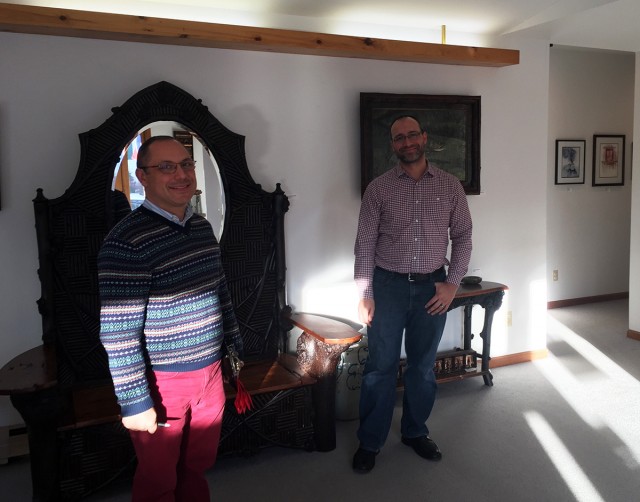
I was treated to a guided tour of the gallery and was able to peruse some of the fine art displayed for “The Holidays – Naturally” invitational group exhibition. More than 30 Adirondack artists’ work is on display, and most is for sale. Notably, a series of Japanese fish printings by local Stephen DiCerbo. It’s a method called Gyotaku, using a real fish to make ink printed images either directly, with paint on the actual fish, and indirect, where material is adhered to the fish and the ink is applied to the material, capturing intricate details of the scales etc.
The exhibit also features landscape paintings by my friend Sandra Hildreth of Saranac Lake, and acrylic, watercolor and hybrid display of Anne Diggory, and several pieces of rustic furniture, and custom guitars made from Adirondack sinker wood (pieces from long ago logging found at the bottom of the lake) by Eric Bright.

Anthony has another artistic venture based out of this location, too - Samurai Virtual Tours, which created 360-degree virtual tours for all types of businesses. His umbrella biz, Giant Mountain Studio, includes website design, the 360 tours and the gallery.
But wait, there’s more: this gallery has another surprise facet - it’s also a distribution point for Gather It Up Farm’s microgreens. Microgreens are young, nutrient rich, and flavorful vegetables and herbs usually harvested when they are only about a week or two old. They are for sale at the gallery as well as on the menu at some local restaurants.
Food & Drink
There are a number of culinary choices year-round, and some of my 2-in-1-named favorites include Flanagan’s Pub & Grill and Sticks & Stones, where you’ll definitely find a draft from the local Paradox Brewery and some of those microgreens, too.

Bed AND Breakfast
There are plenty of rooms, too, but in keeping with my 2-in-1 theme, there’s always one of the many Schroon Lake area Bed and Breakfasts!
Mountains and Lakes
Of course, no Schroon Lake experience would be complete without an adventure on the Lake itself, or on the trails and ponds in the surrounding Hoffman Notch and Pharaoh Lake wilderness tracts for hiking, paddling, snowshoeing, skiing or fishing!
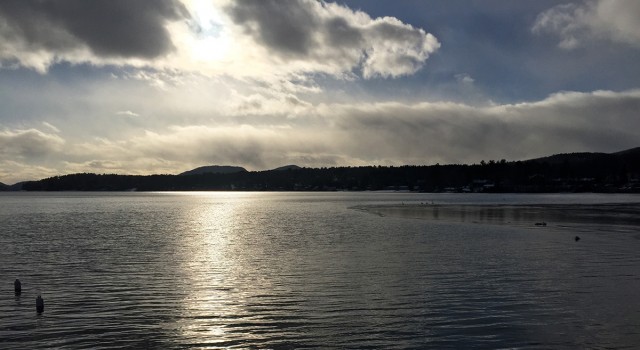
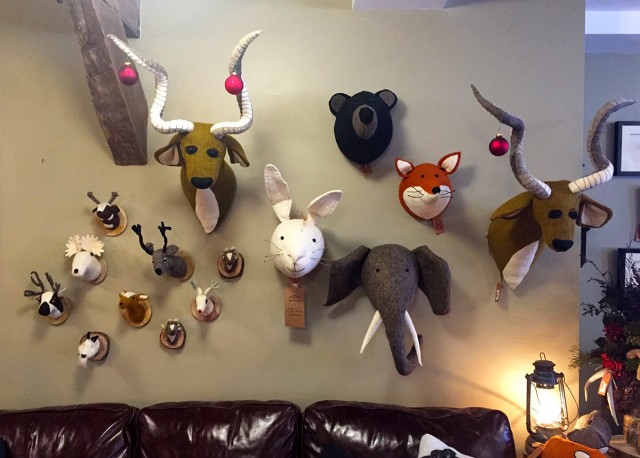
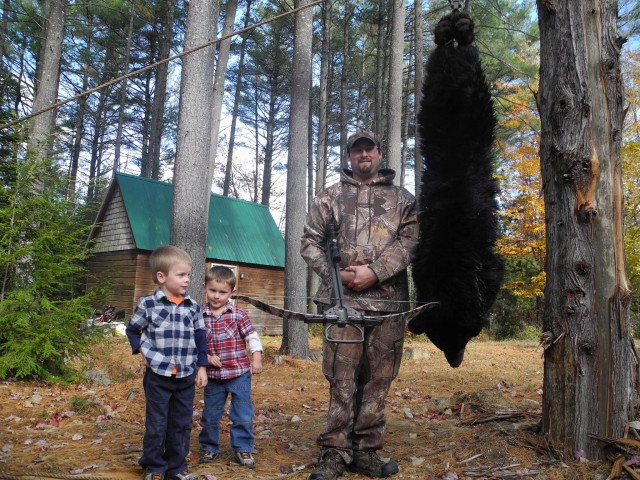
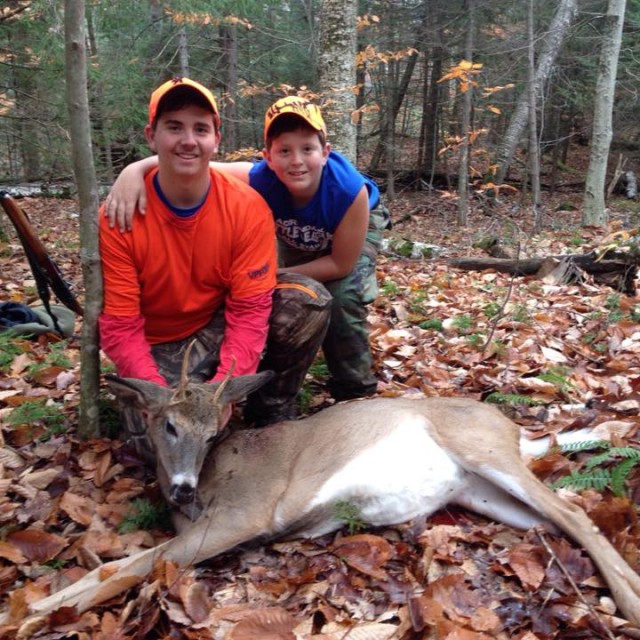
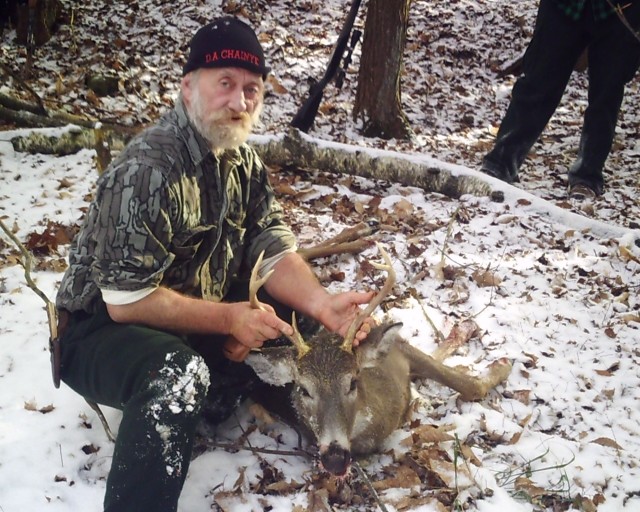
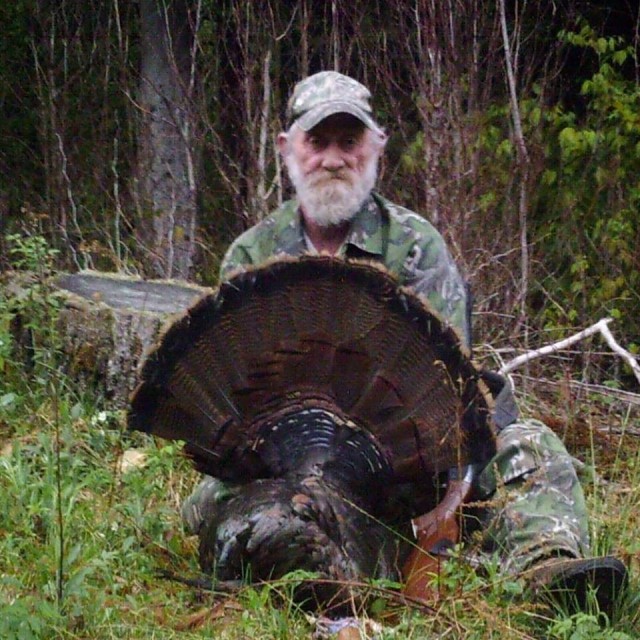
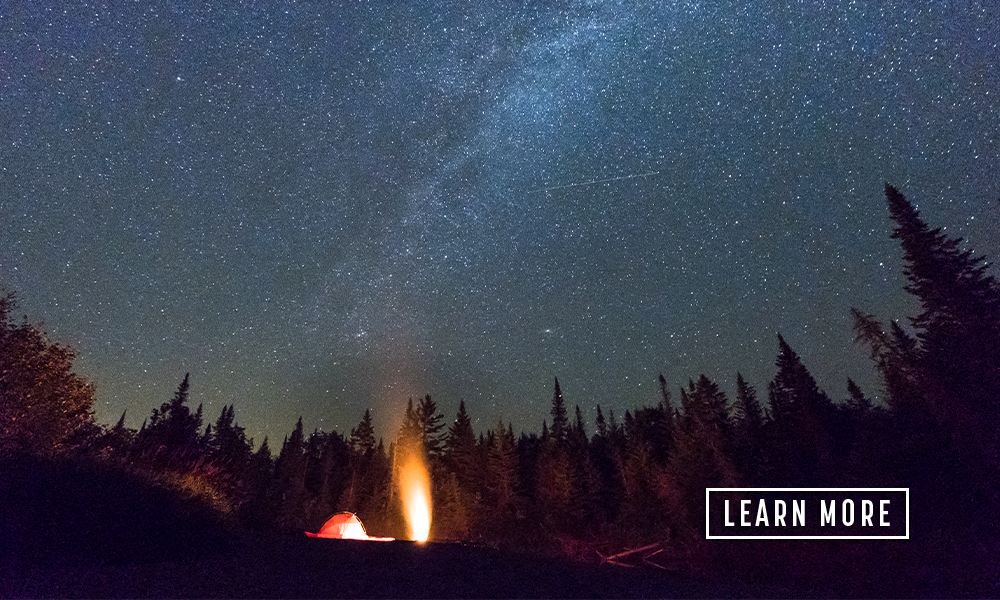
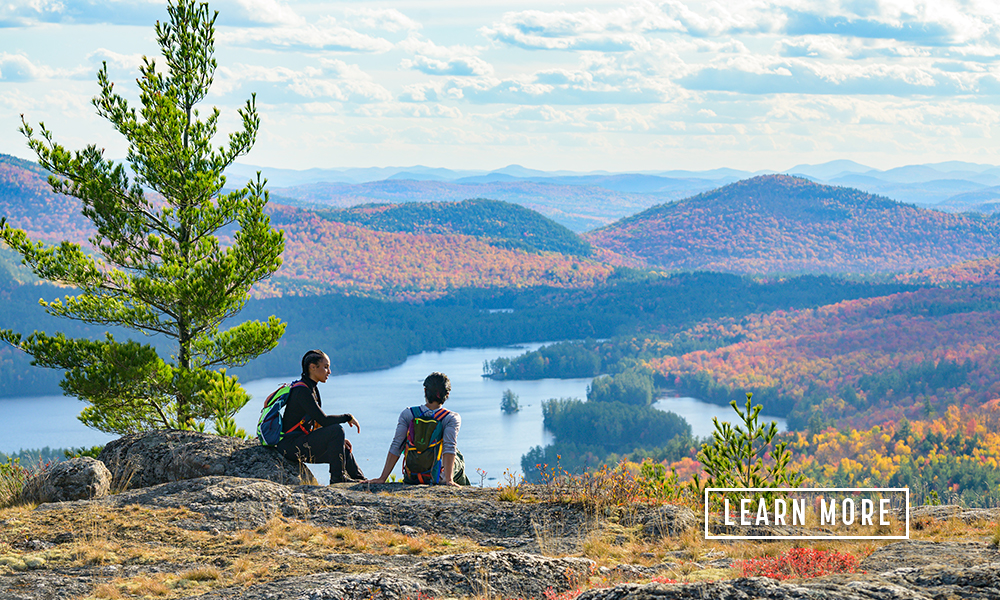
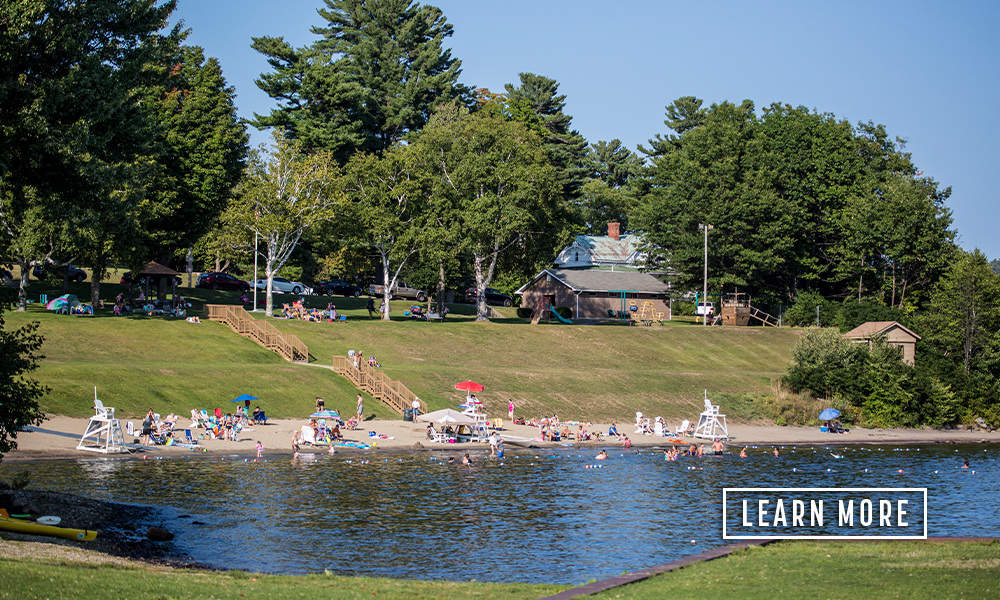
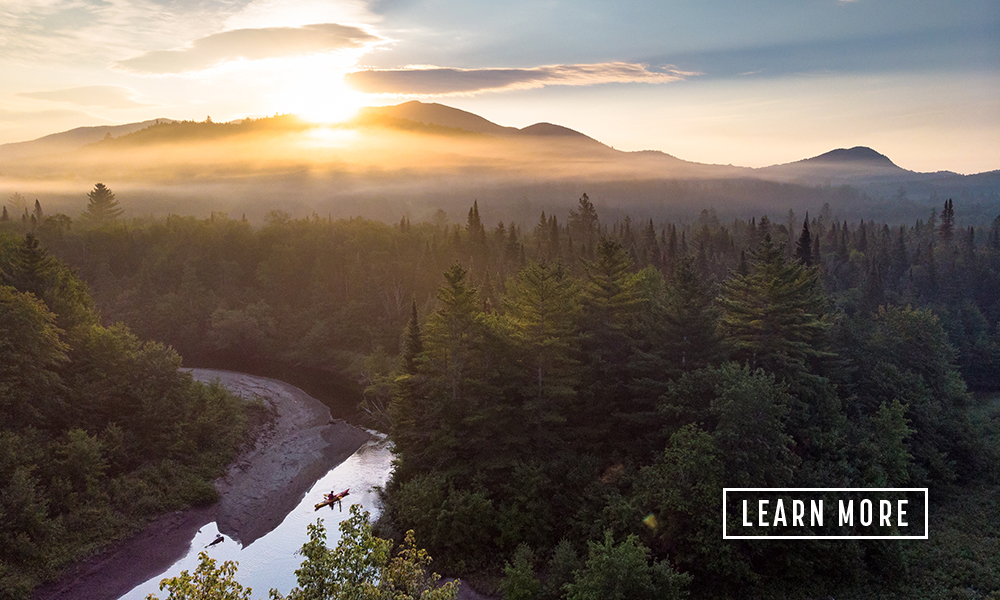
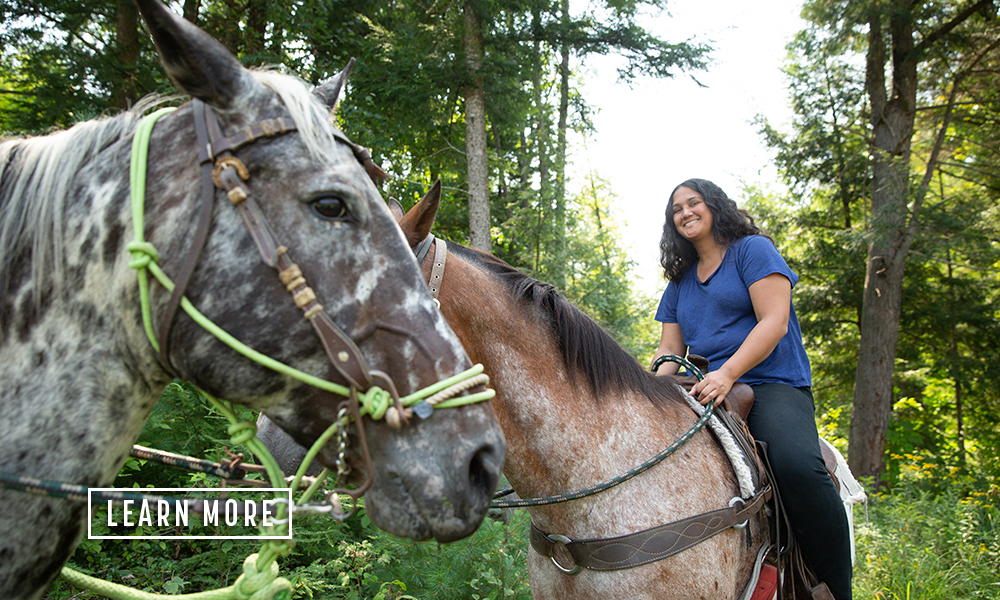
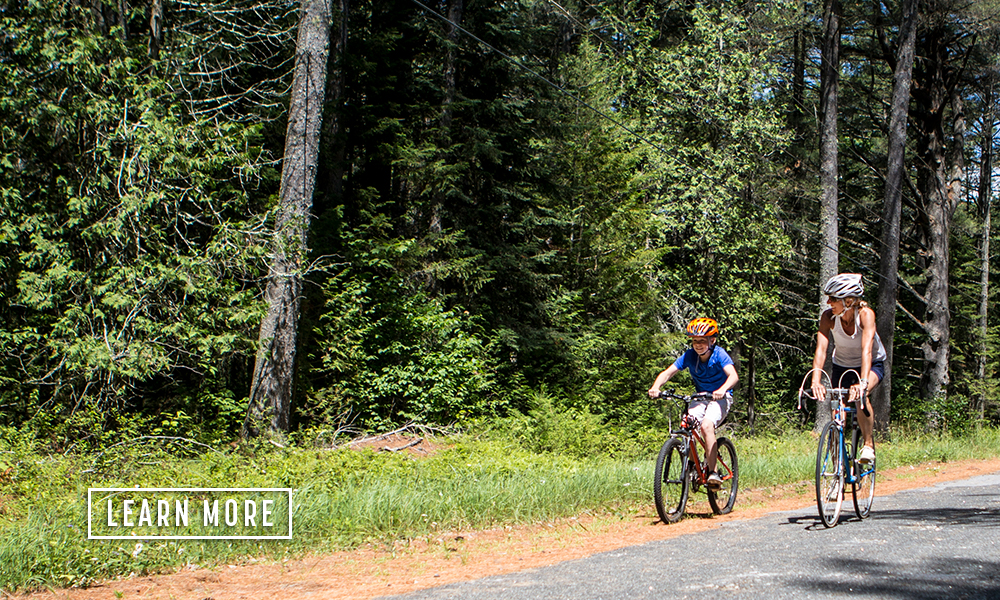

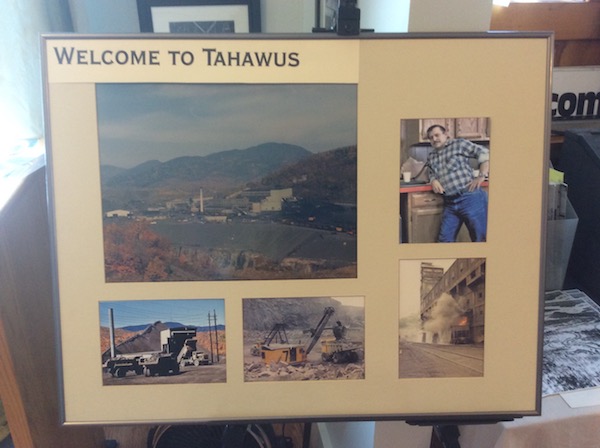

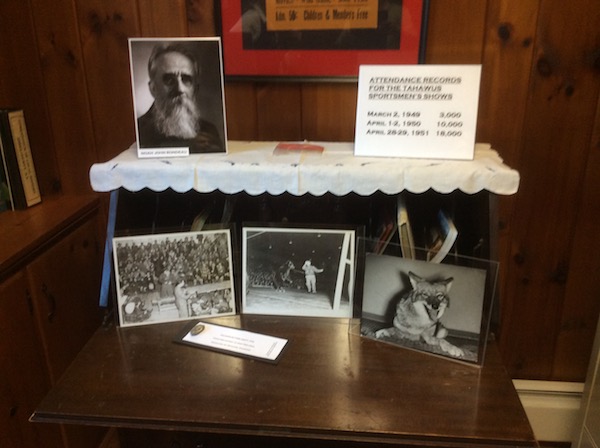
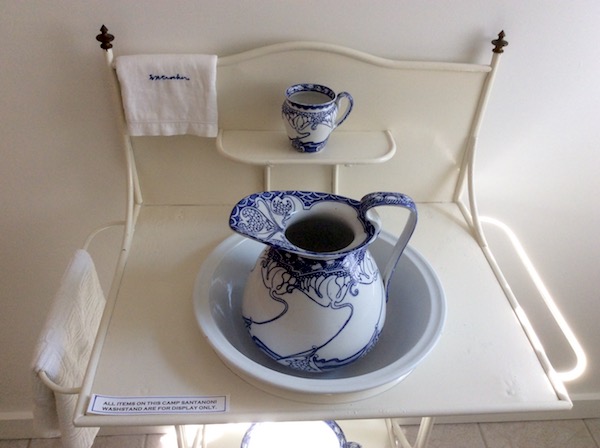
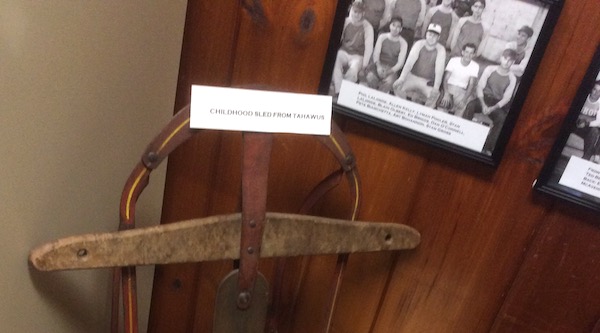
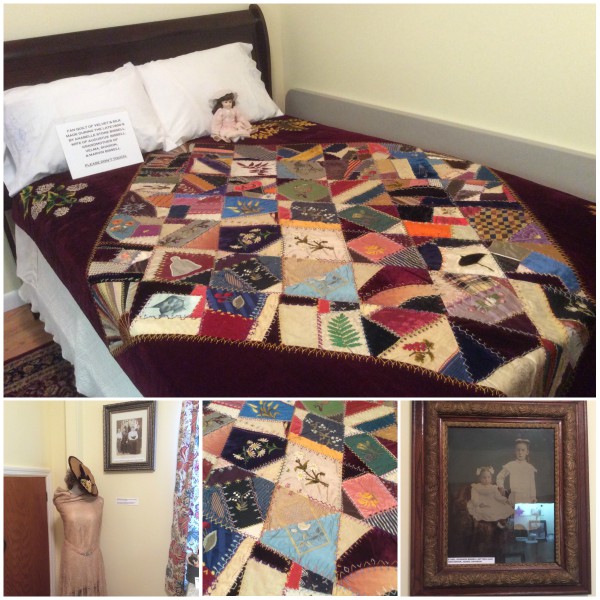
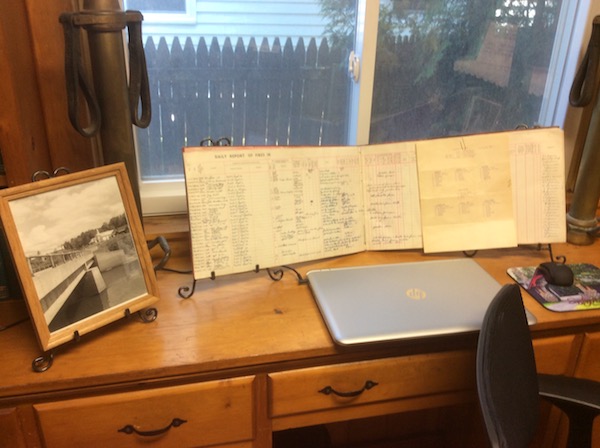
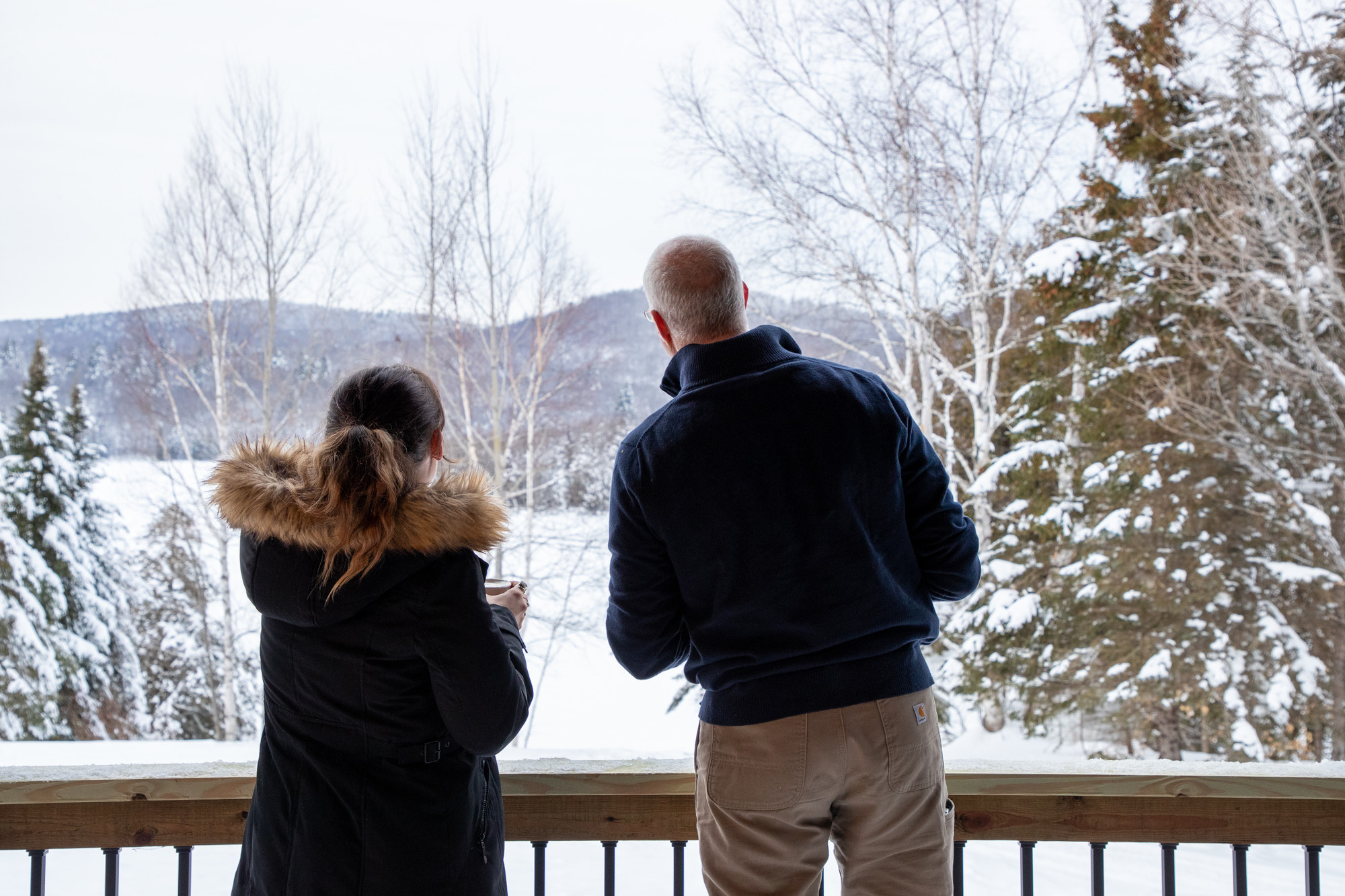
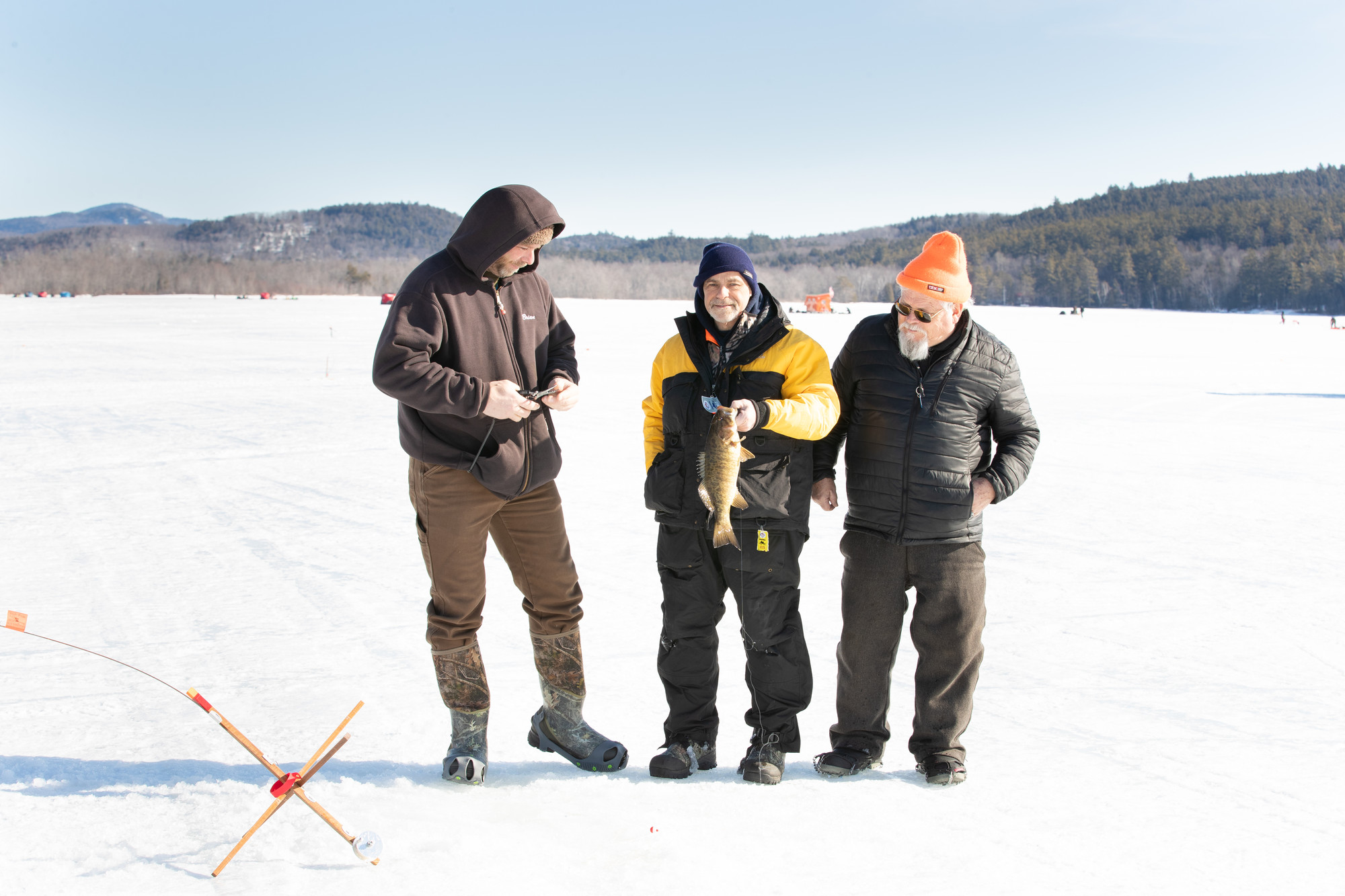
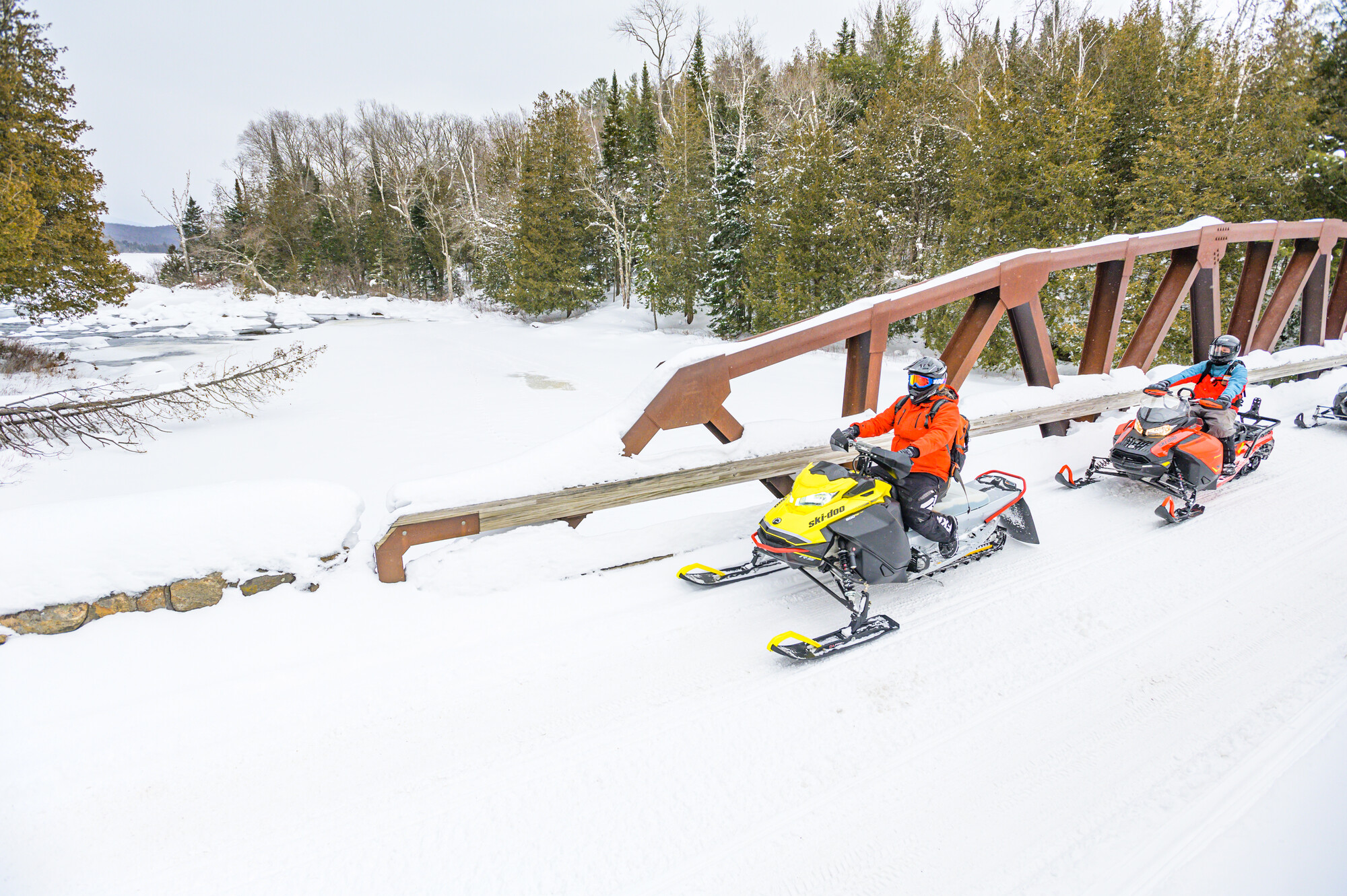
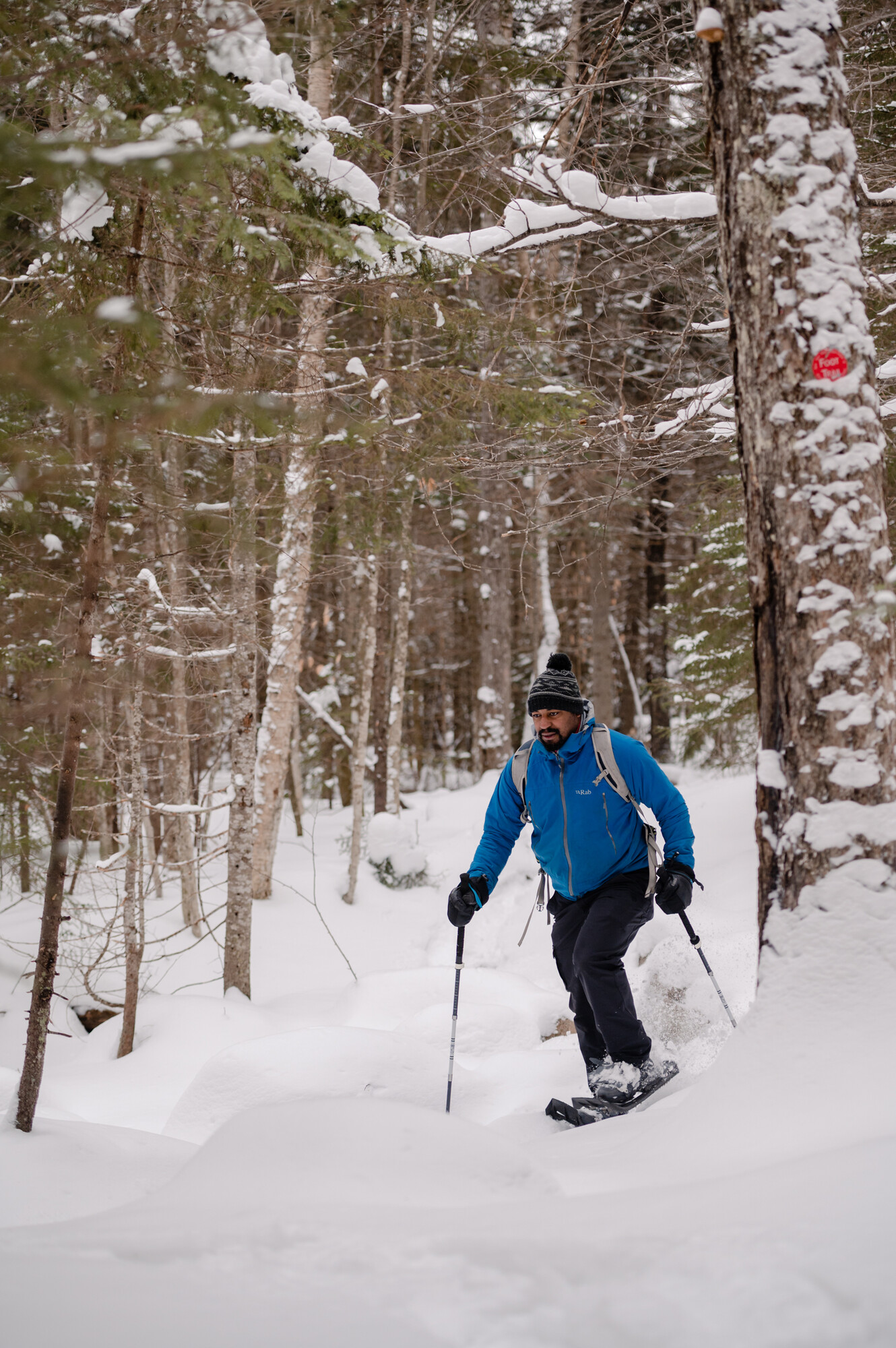
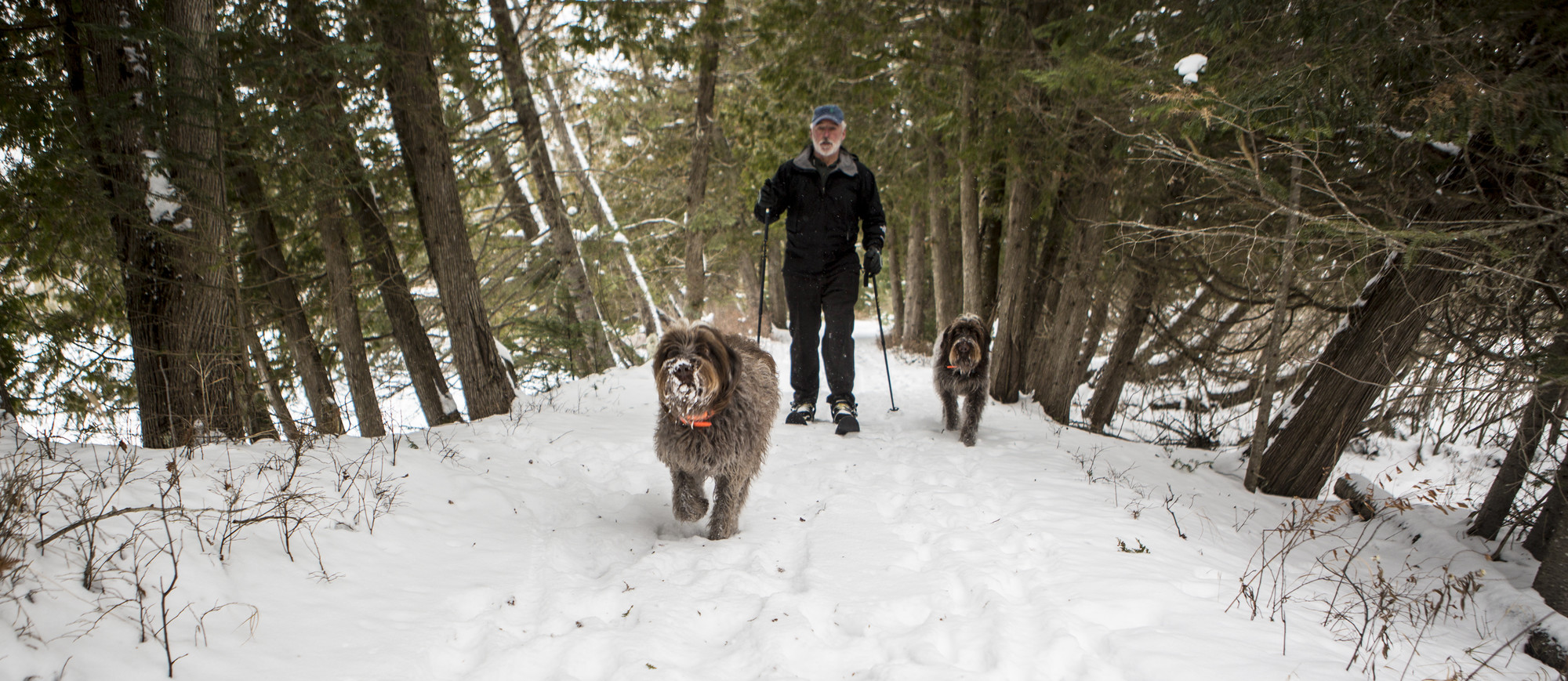
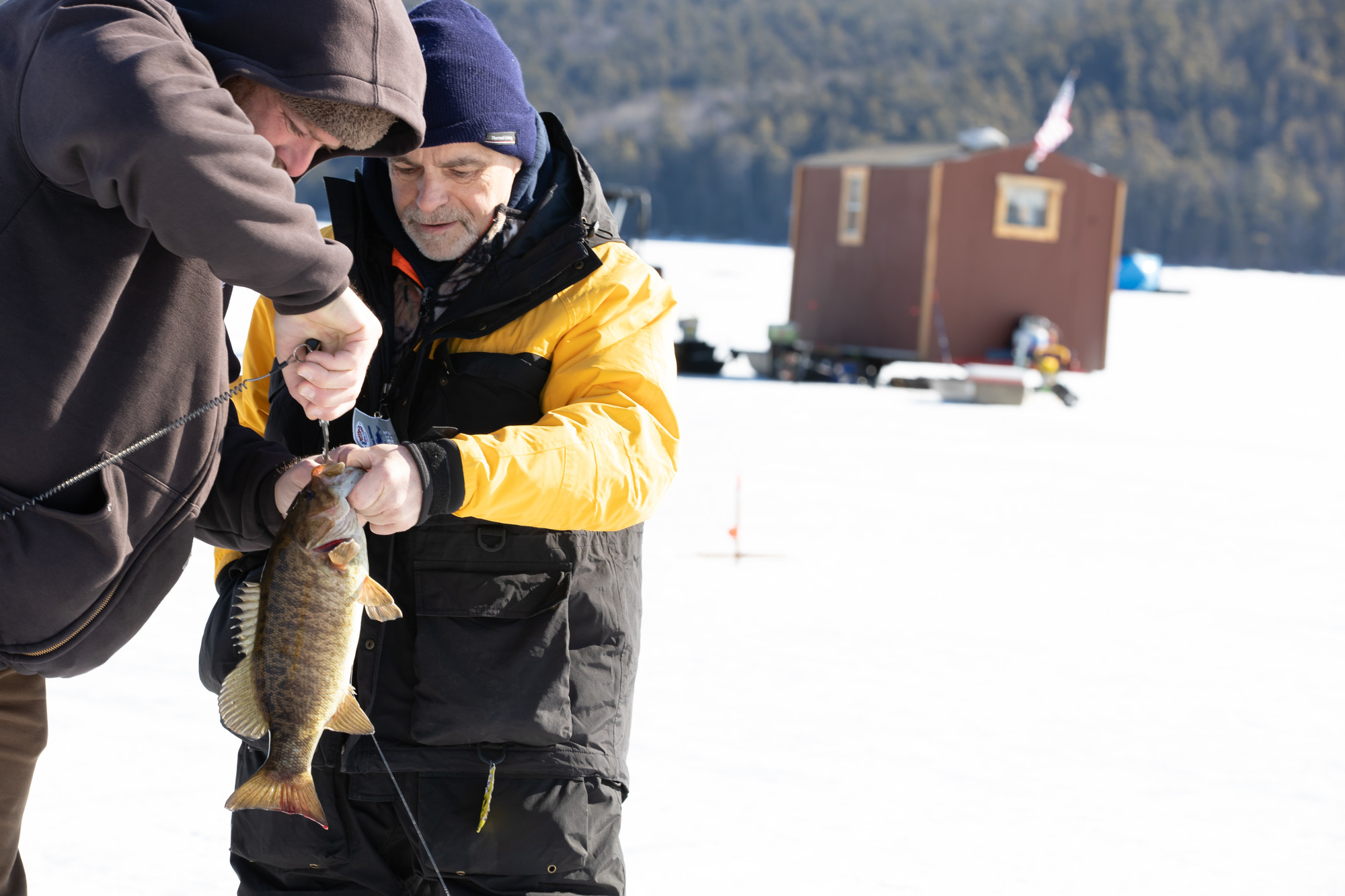
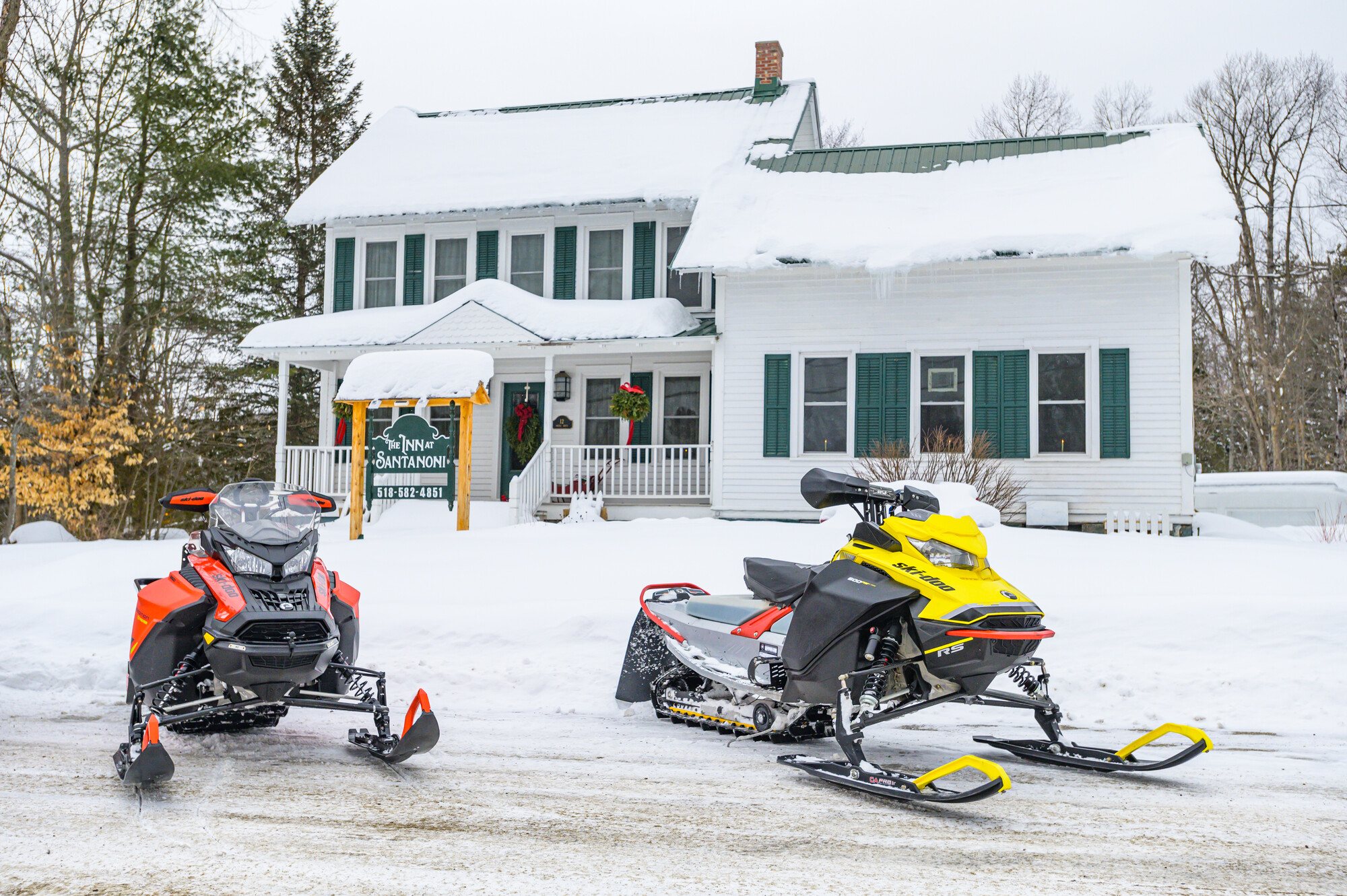
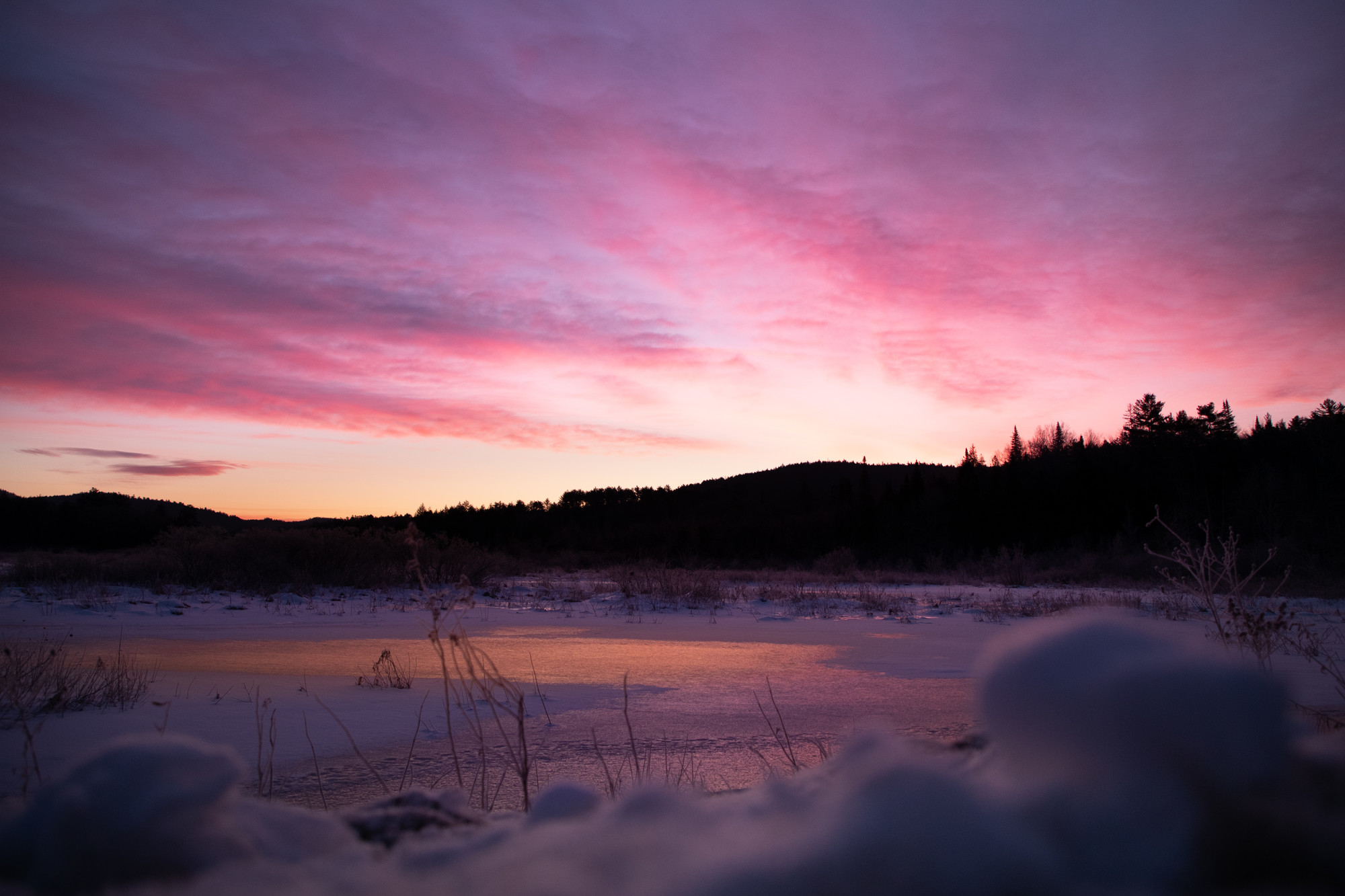
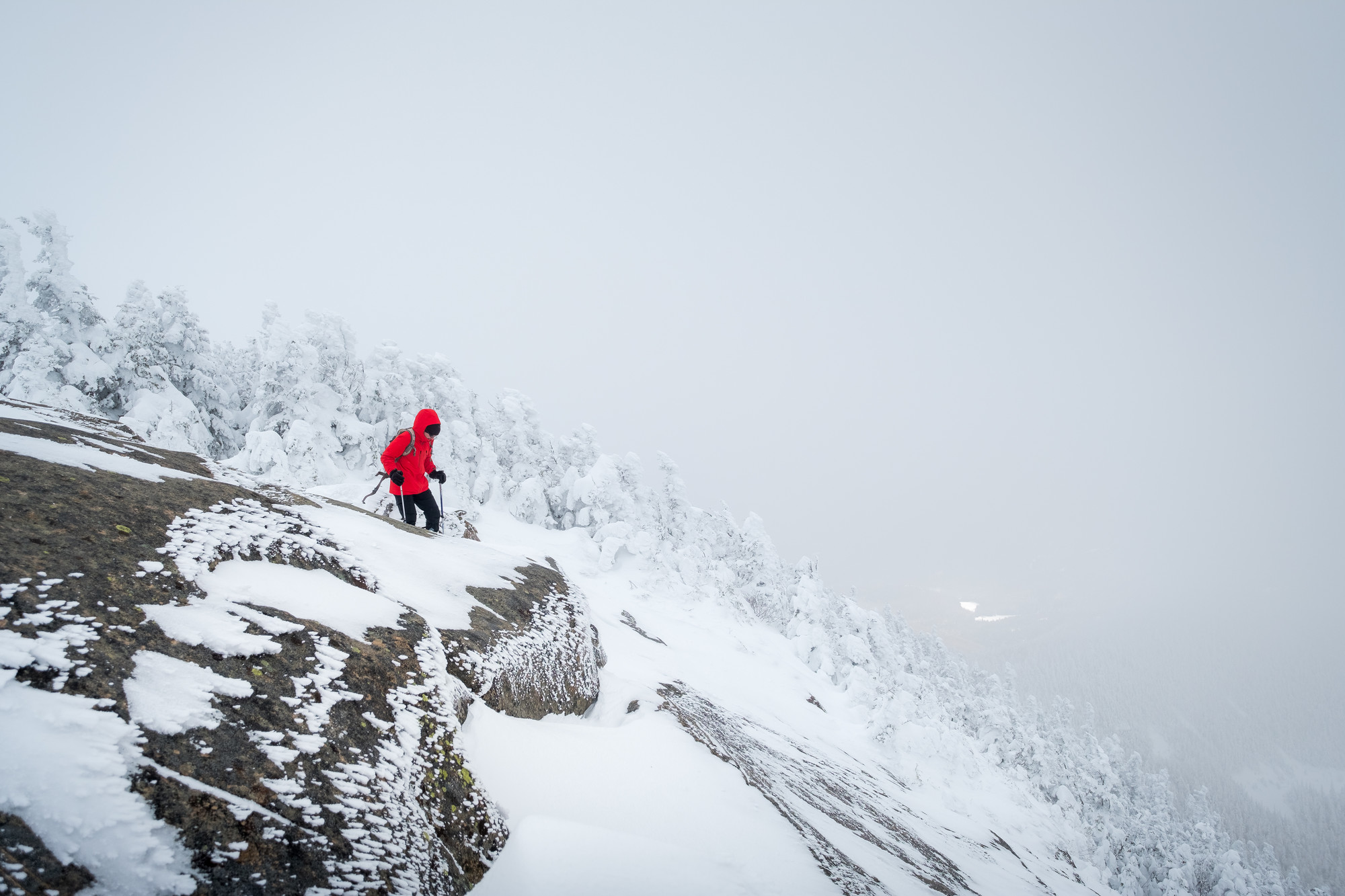
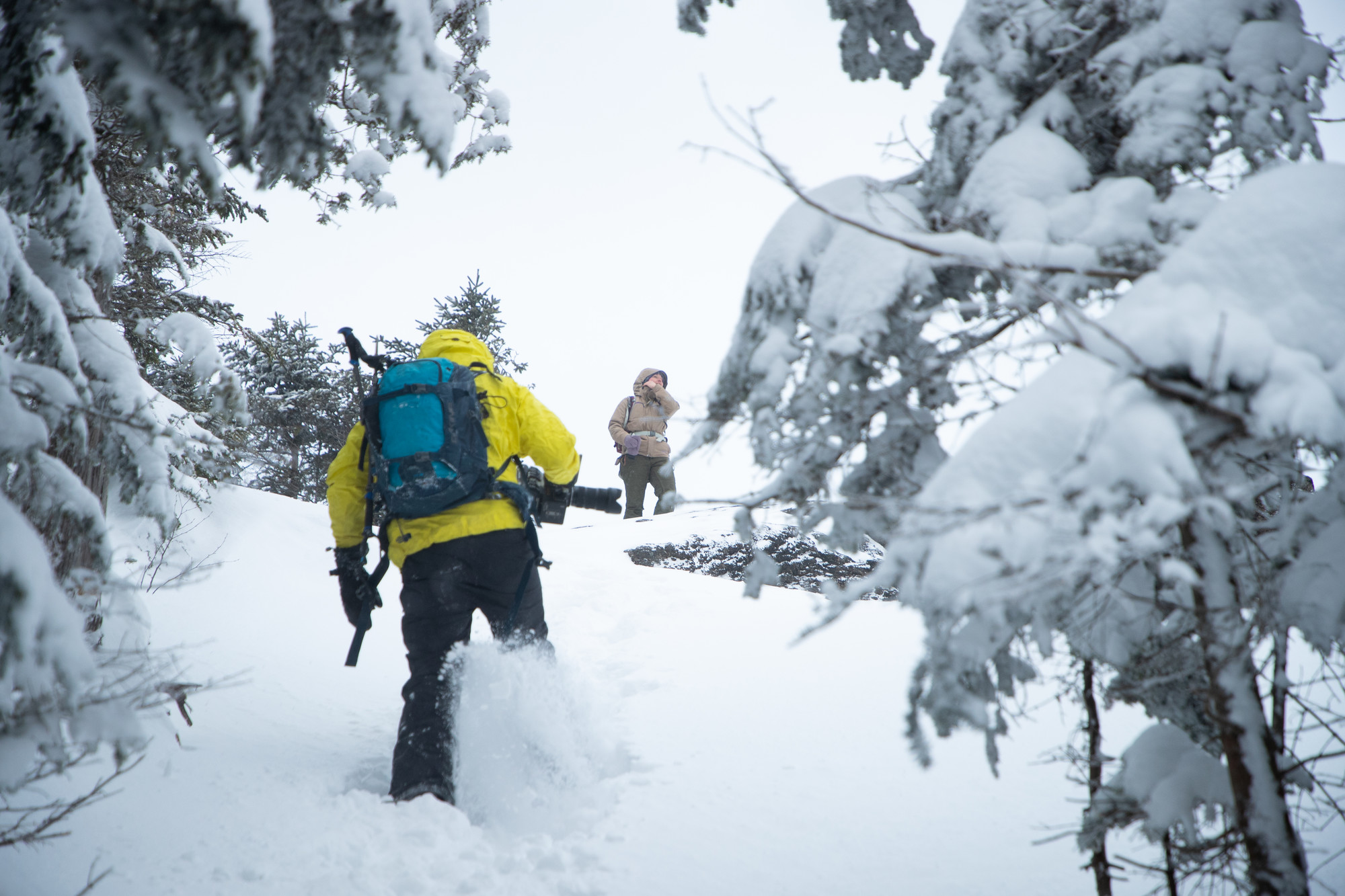
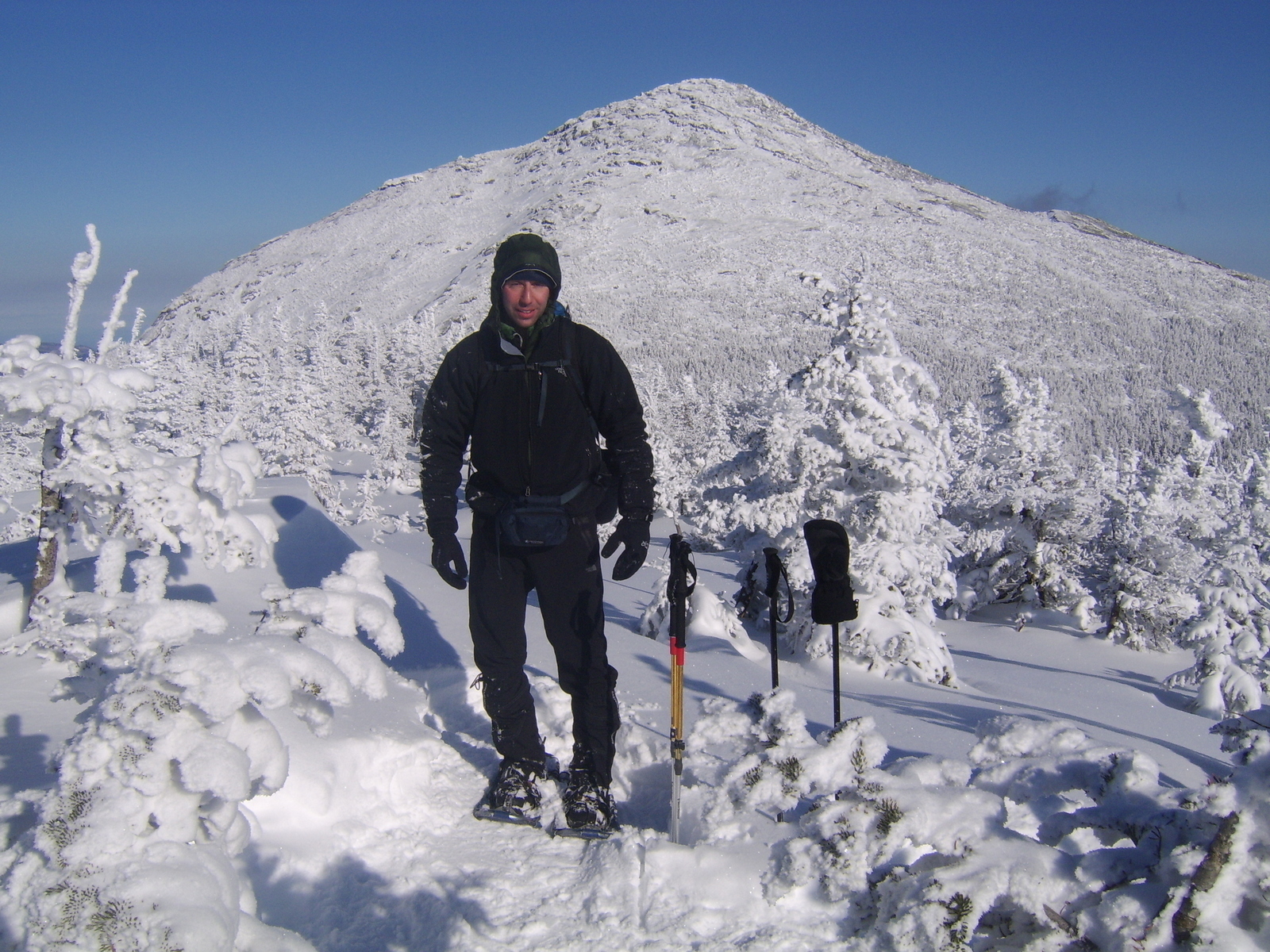
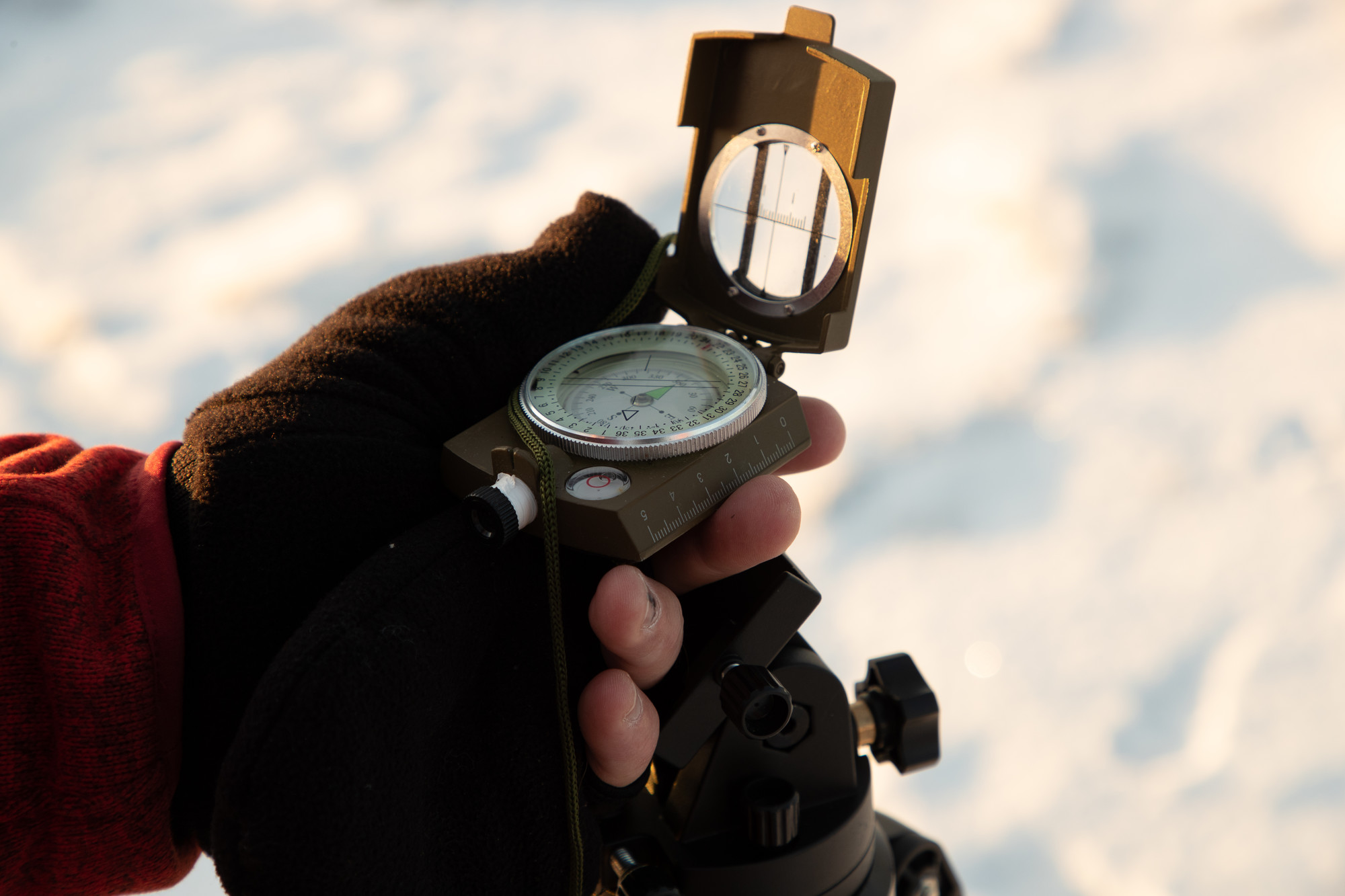
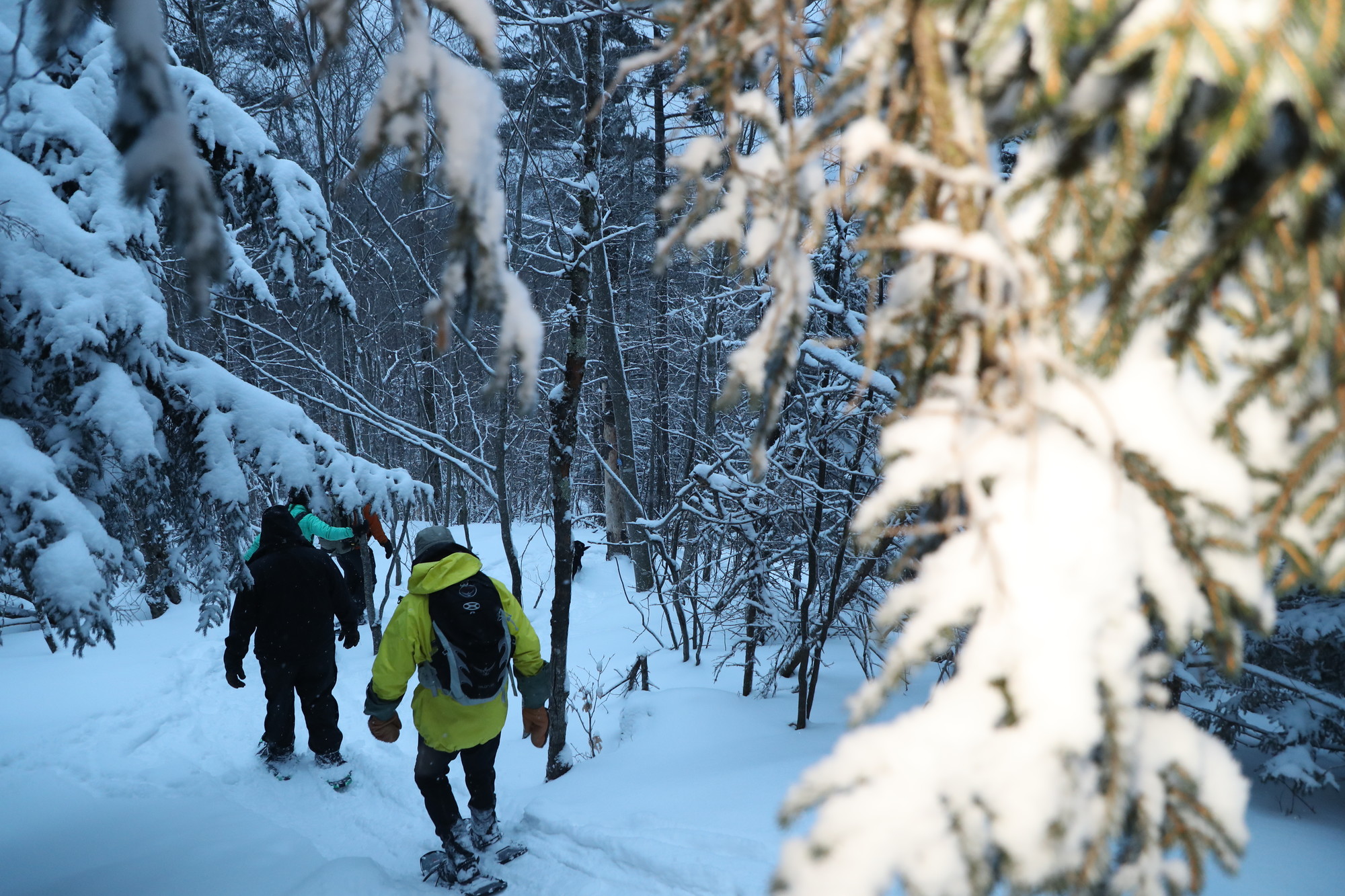
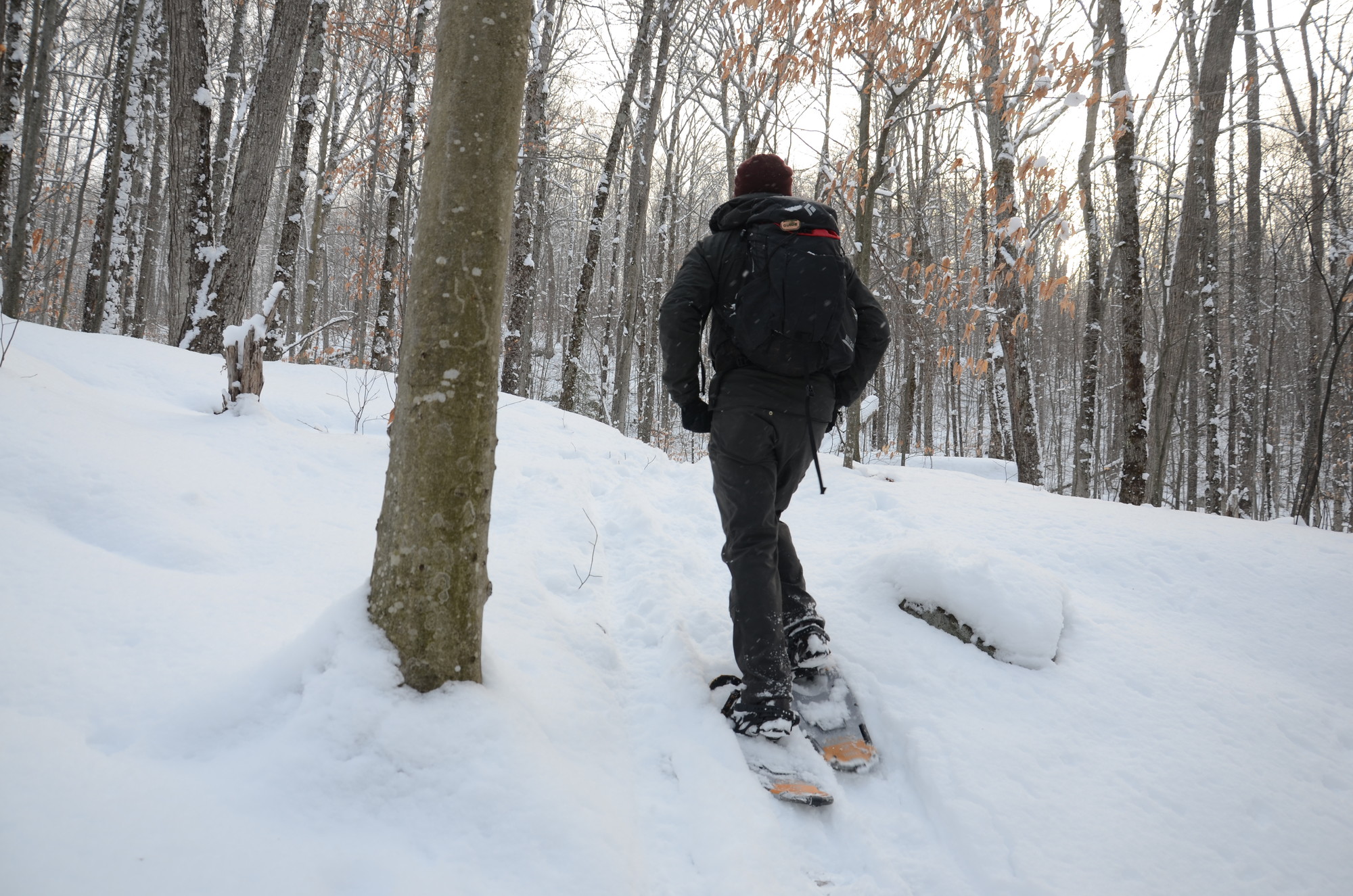
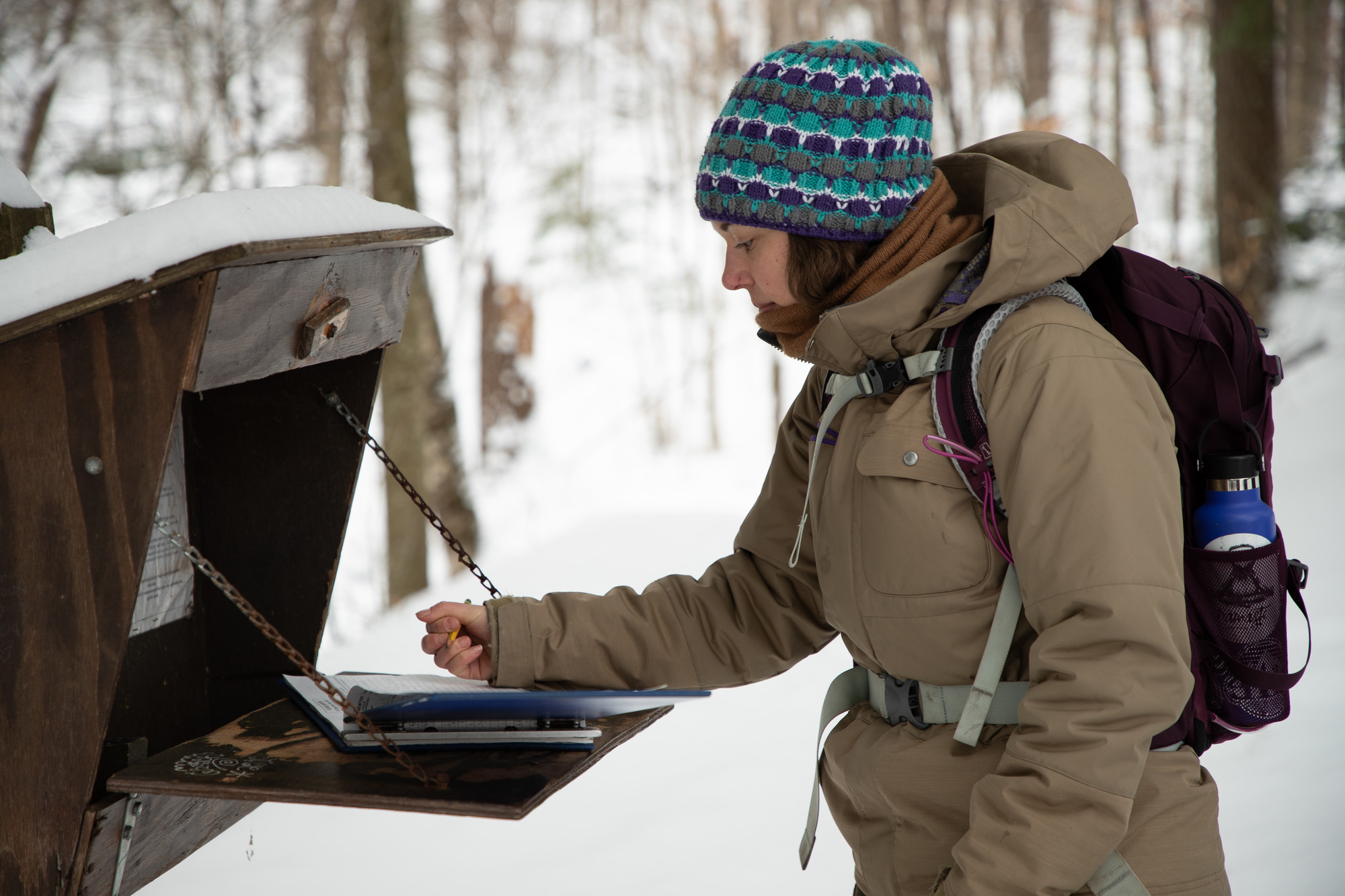
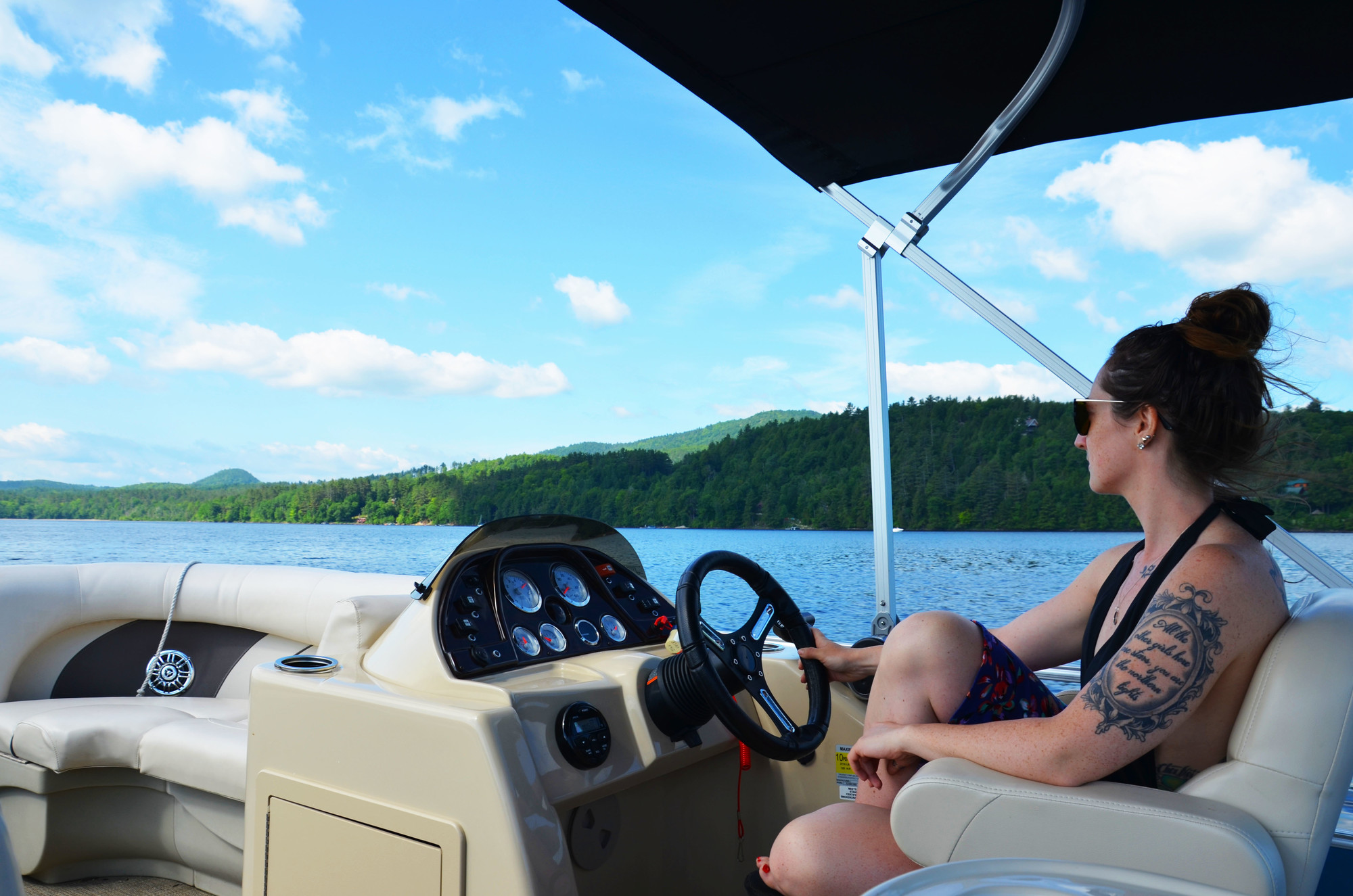
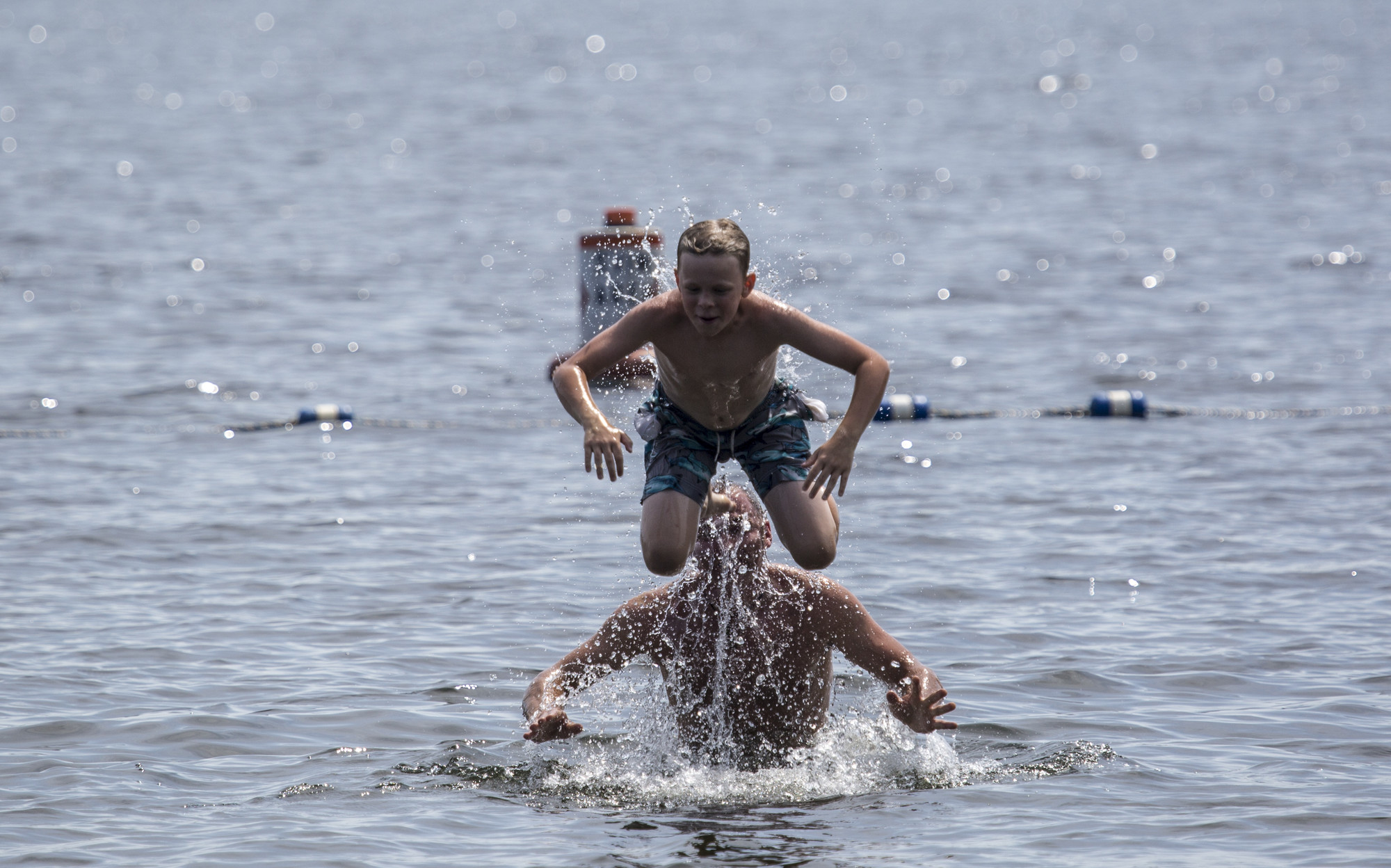
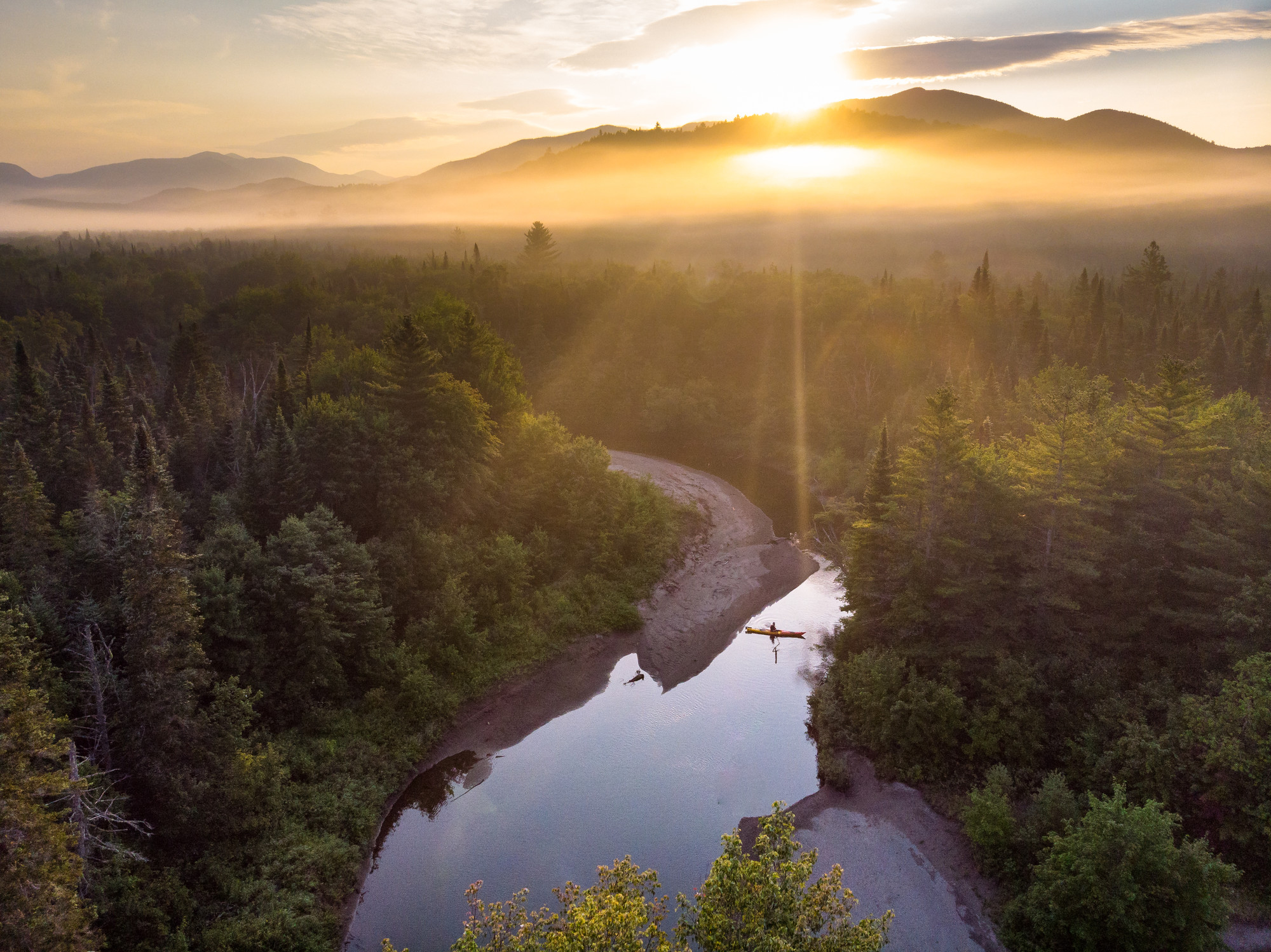
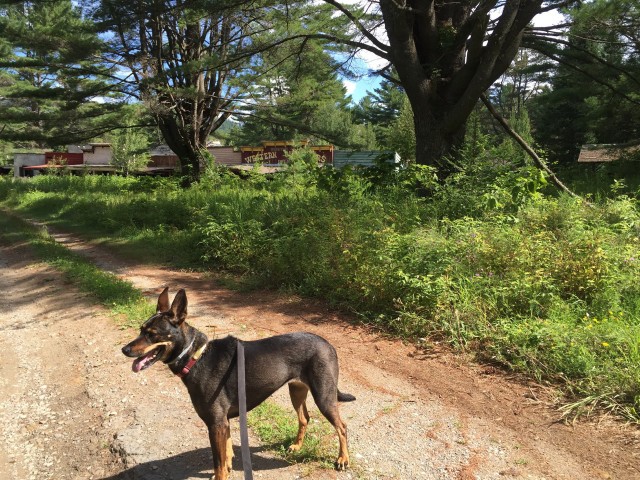
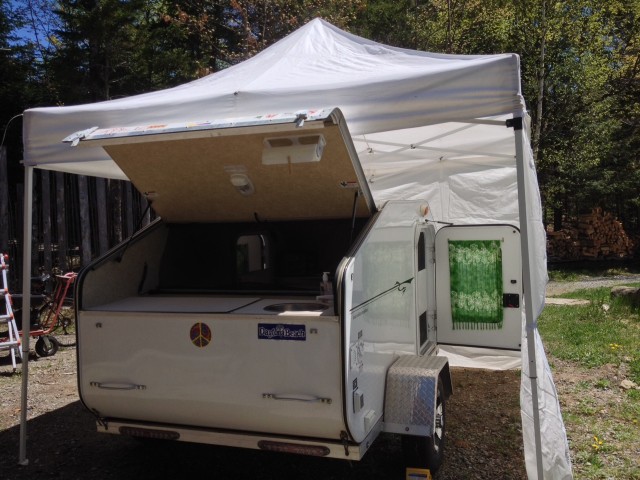
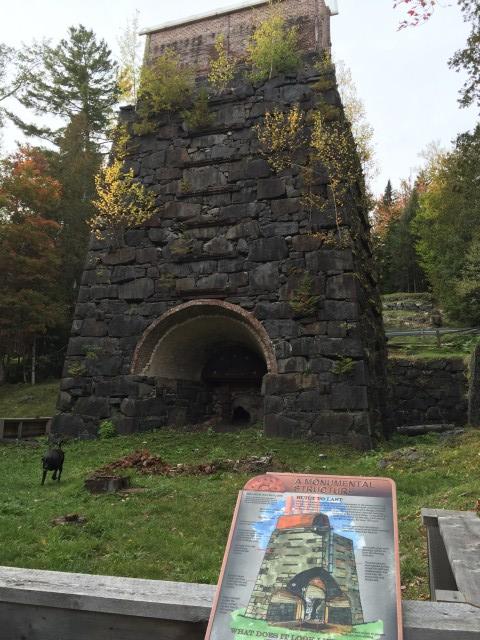

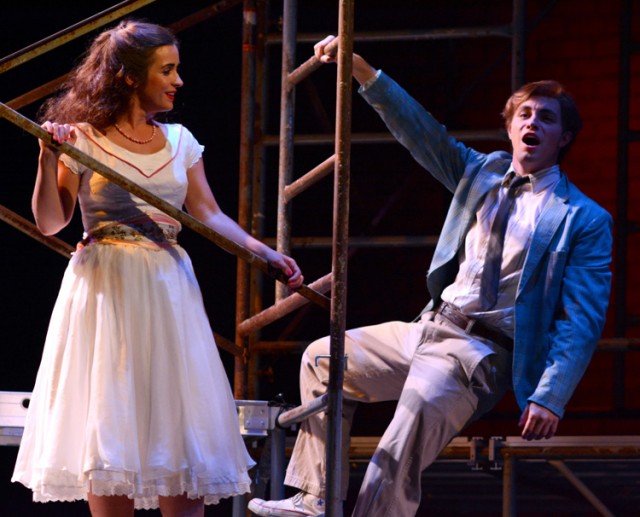
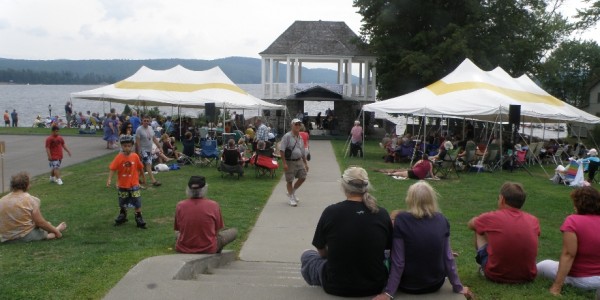
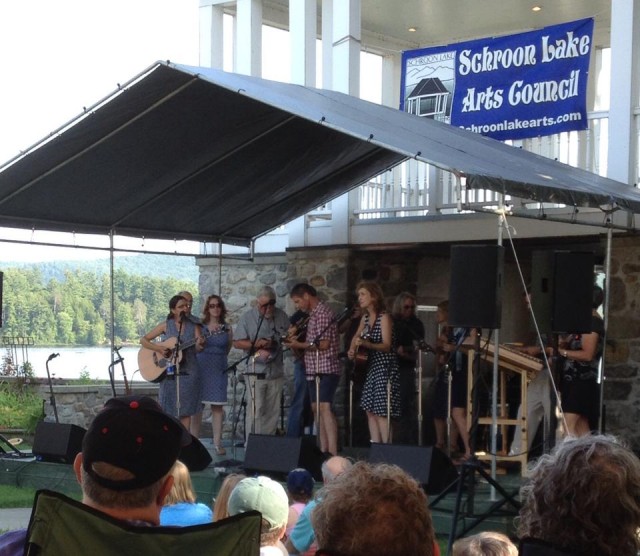
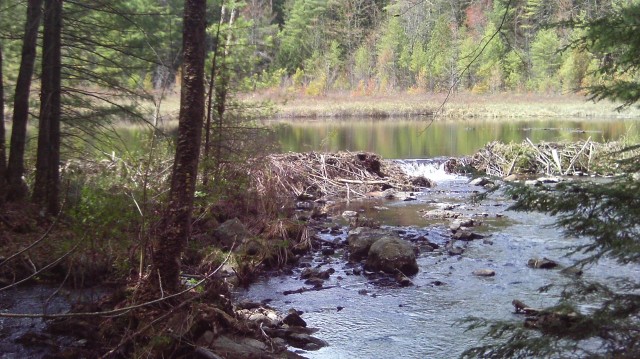 At the trail junction we stayed left on the Moose Mt. Pond and Lean-To trail and soon arrived at the Berry Mill Flow. Beavers have been busy here, building a dam and a lodge. Pausing to watch a pair of ducks swimming in the resulting marshy pond, we caught sight of a beaver. Unfortunately, he disappeared under the water before I got my camera out of my pocket.
At the trail junction we stayed left on the Moose Mt. Pond and Lean-To trail and soon arrived at the Berry Mill Flow. Beavers have been busy here, building a dam and a lodge. Pausing to watch a pair of ducks swimming in the resulting marshy pond, we caught sight of a beaver. Unfortunately, he disappeared under the water before I got my camera out of my pocket. As we headed back, we startled a ribbon snake that quickly slithered off the trail. To be honest, it startled me too. The only venomous snakes in the Adirondacks are the timber rattlesnakes, and those are very rare north of Lake George. The ribbon snake is a variety of the common garter snake and quite harmless, but the sudden movement never fails to catch me by surprise. My son got a good laugh when I jumped out of my hiking boots.
As we headed back, we startled a ribbon snake that quickly slithered off the trail. To be honest, it startled me too. The only venomous snakes in the Adirondacks are the timber rattlesnakes, and those are very rare north of Lake George. The ribbon snake is a variety of the common garter snake and quite harmless, but the sudden movement never fails to catch me by surprise. My son got a good laugh when I jumped out of my hiking boots.